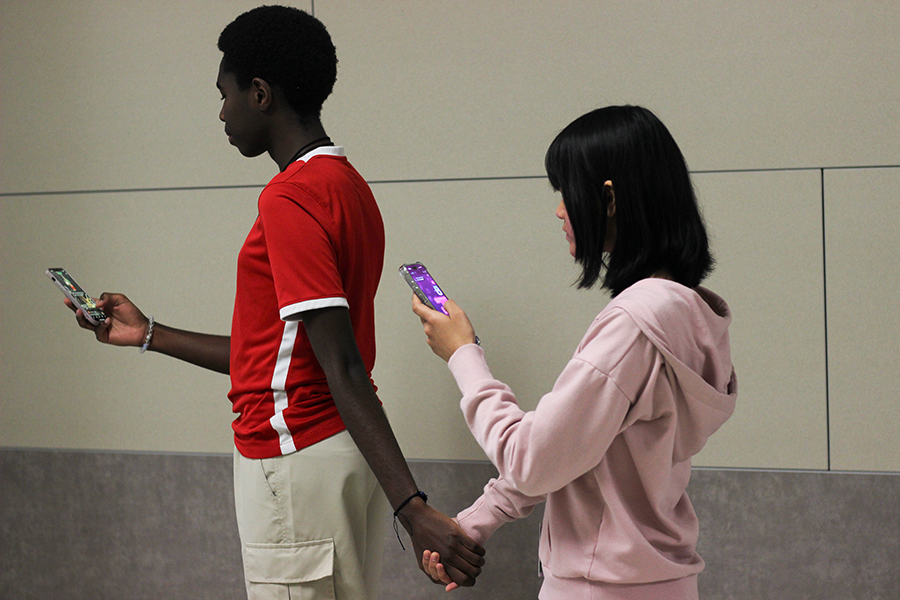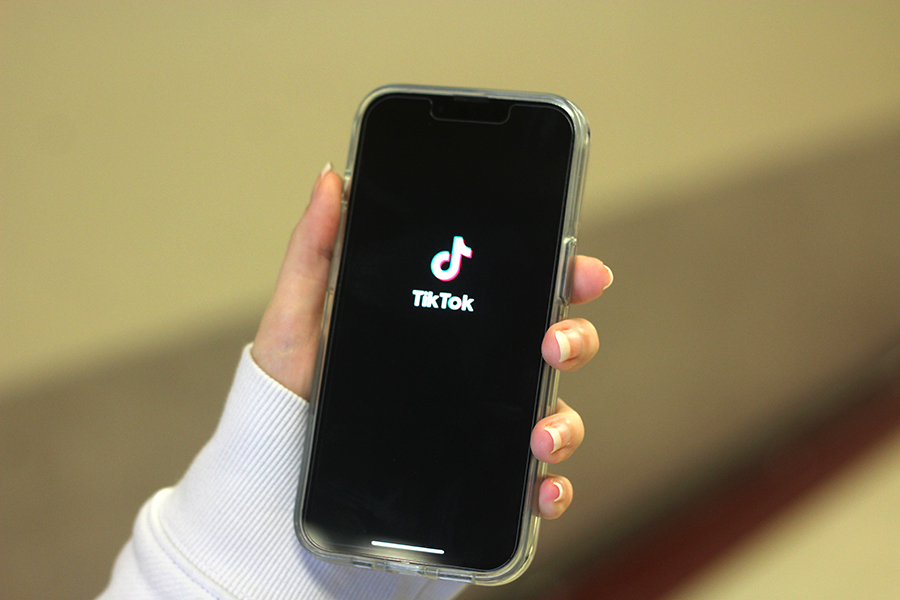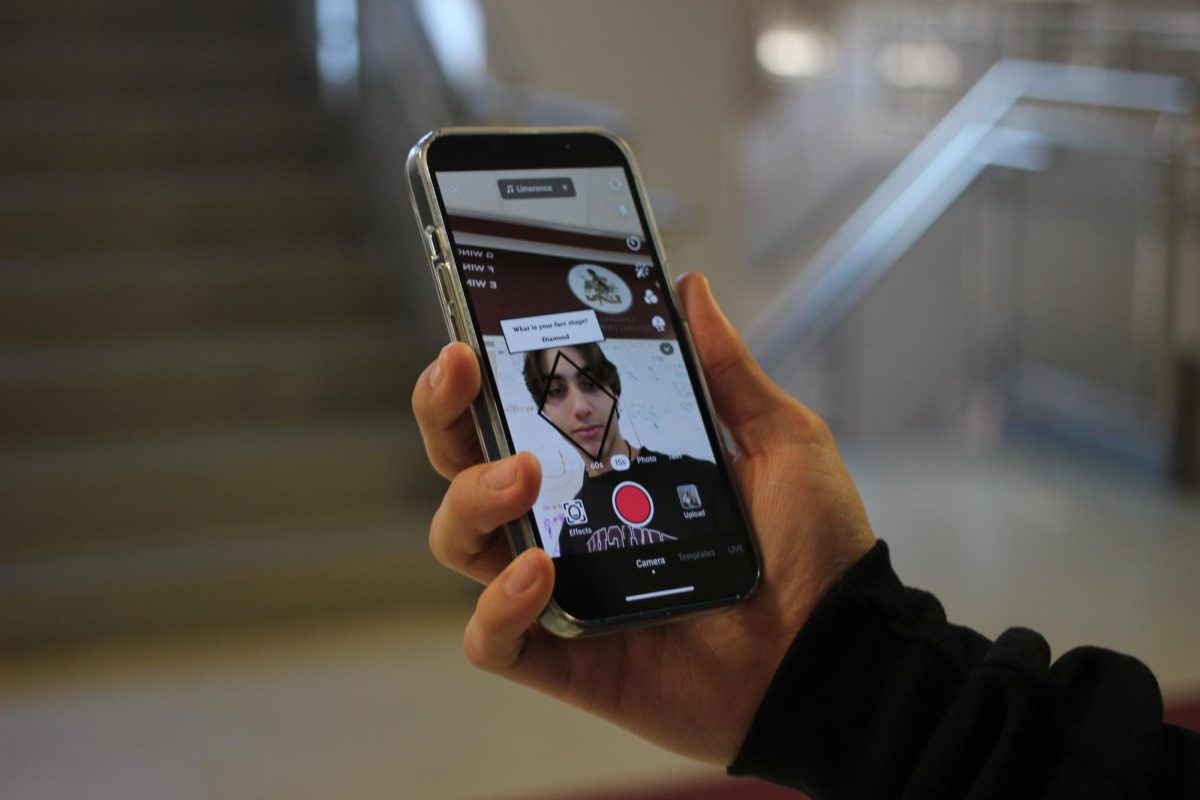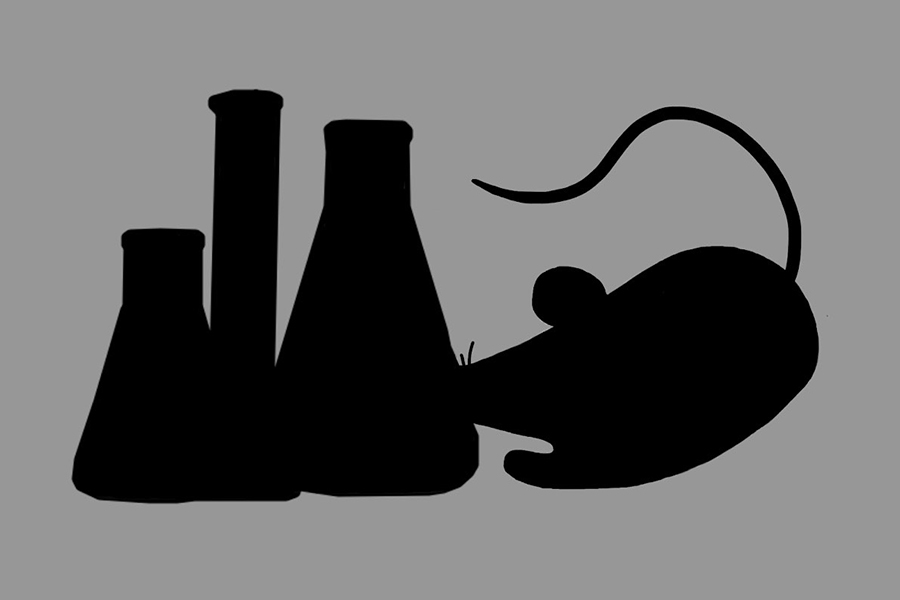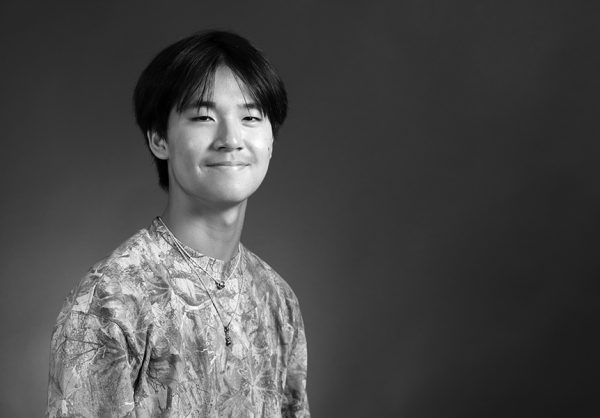Since the 1970’s, an increasing gap between men and women enrolling in college has appeared. Women have outpaced men in higher education. In particular, Black male enrollment in historically Black colleges and universities [HBCU’s] has declined. In 1976, Black men made up 38% of HBCU enrollment. In 2024, Black men made up 26% of HBCU enrollment. Black male college enrollment as a whole has been declining rapidly.
While HBCUs aren’t exclusively for Black students, they have long provided a safe environment for Black Americans. Particularly in the Jim Crow era where seperation of races was legal. These colleges still do provide a safe environment for Black scholars. However, Black male enrollment faces steep declines in spaces that are supposed to be created for them.
The simple answer is misogyny and the harmful ideas of Black masculinity.
The issues start at a young age. In a research study with Yale, educators were instructed to watch 12, 30-second clips and watch for misbehaviour from students. They had a white boy and girl, and a Black boy and girl. Despite no misbehavior being displayed in the videos, the teachers spent the most time watching the Black boy.
Teachers are also more likely to send Black boys to the principal’s office more often than white boys for the same misbehavior. Latino boys also face the same problems that separate them from their white male peers. Black girls also face higher suspension rates compared to their other female peers, although girls tend to be suspended less than boys.
Young black men may also be seen as older. When students were asked to guess how old young black boys were, they were on average aged by 4.5 years. Tamir E. Rice, who was shot and killed by a police officer in 2014, was described by the officer as “over 18 years old.”
He was 12.
Black men have long had stereotypes made about them. Whether that be physical appearance or how they “act.” Historically, American culture has portrayed Black males as aggressive, especially at a young age. When they are perceived as older and less innocent, they are at risk of violence from police officers and other adults.
Considering all the actions that some of these young boys face, it makes sense that they may see college as less than ideal, and not as accepting. The harmful stereotypes of masculinity and needing to provide is also a driving factor.
The misbelief If a Black man isn’t entertaining, or using their body in some way, then there’s no avenues for them in regards to education
In a study done by Pew Research Center, it was found that among the Black American population they surveyed, the respondents said that Black Americans have had the most success in Music and Athletics.
In this respect, you can find some commonality between Black men and women. For centuries women have been told that they are only useful for their bodies. Black men have been told that the key to success is embracing their masculinity and using their bodies. This also goes into the stereotype that Black men are physically gifted and not smart.
One example of this is college football. 40% of college football athletes are Black men. Yet, more white male athletes get degrees [91%] than Black male athletes [77%]. Compare that to non-athlete Black men in college [67%].
This tells a lot. Schools think Black men are only worth an education if they provide money to the school through athletics. College sports is a multi-billion dollar industry. Although the institution of Name Image and Likeness [NIL] has eased the exploitation of these athletes, it still, in concept remains the same. If a Black man is not giving money to these institutions from sports, their chances of graduating go down in these institutions.
Harmful ideas about Black men and boys since the Antebellum period still continue to harm them to this day. Racism and gender stereotypes, continue to persist and harm people in society.
The solution to this requires social and systemic change. Rejecting harmful stereotypes of Black masculinity that Black boys from a young age is the first step. These harmful stereotypes promote harmful ideas that academics are not aligned with Black boys’ identities and must be countered with care. Educators need to step up and not pry Black boys away from education at a young age.
They need to promote healthy ideas to young Black men the moment they step into the classroom. Culturally relevant curriculums need to be promoted. Communities need to promote education more. Letting young Black boys know that education can lead to a better life for them is important. With all these factors, society can create an environment that promotes young Black boys and help them see a path of education as viable options for them.


